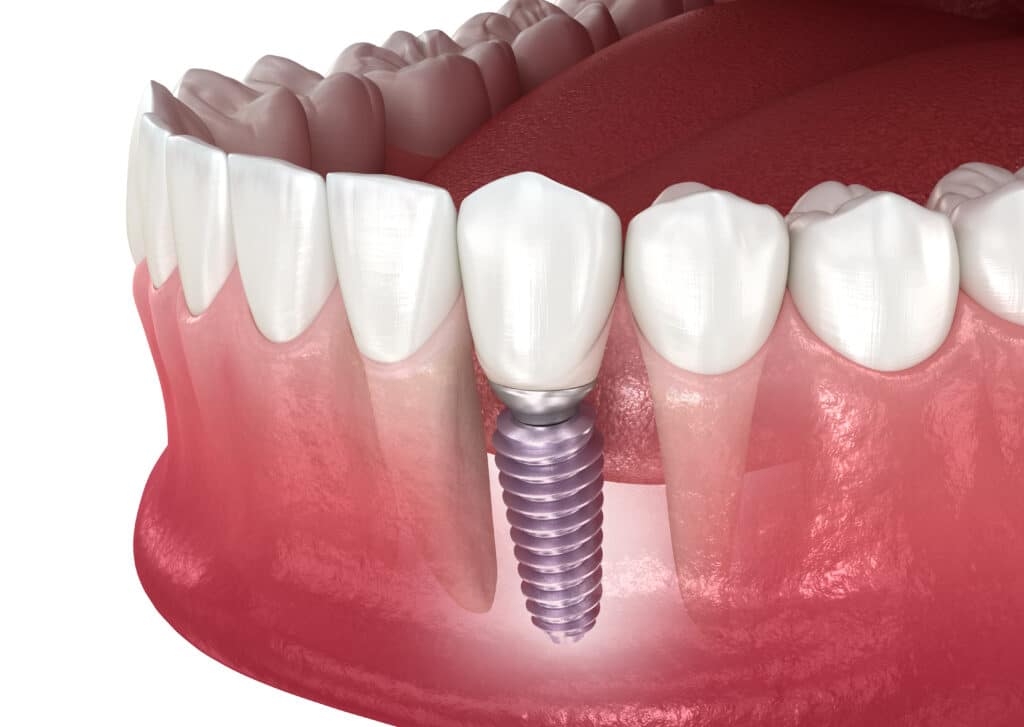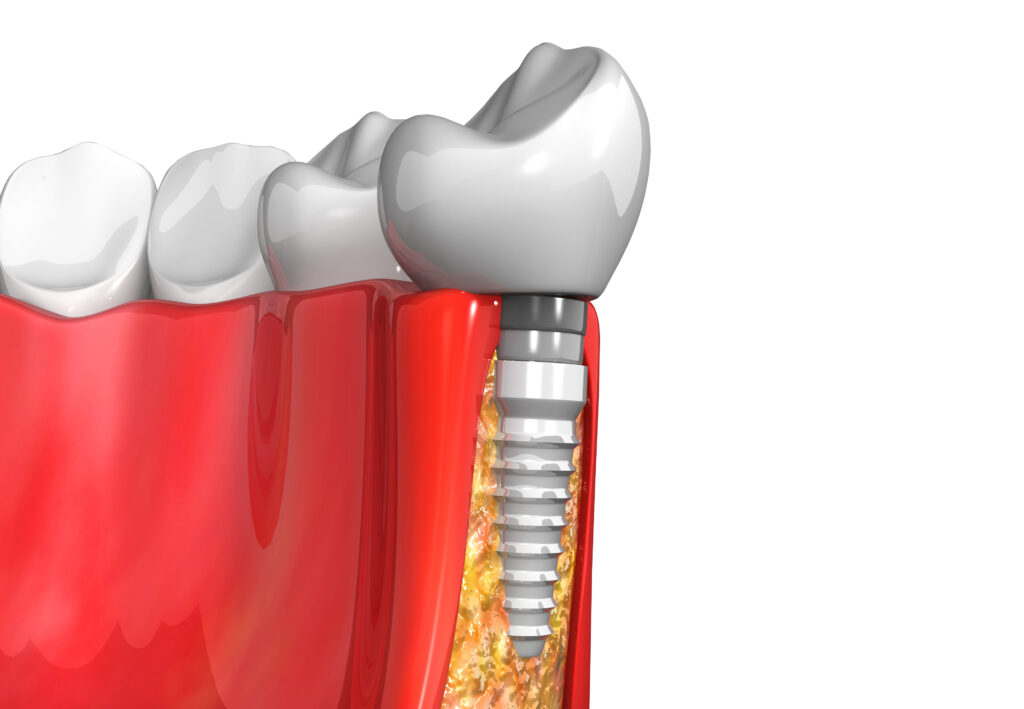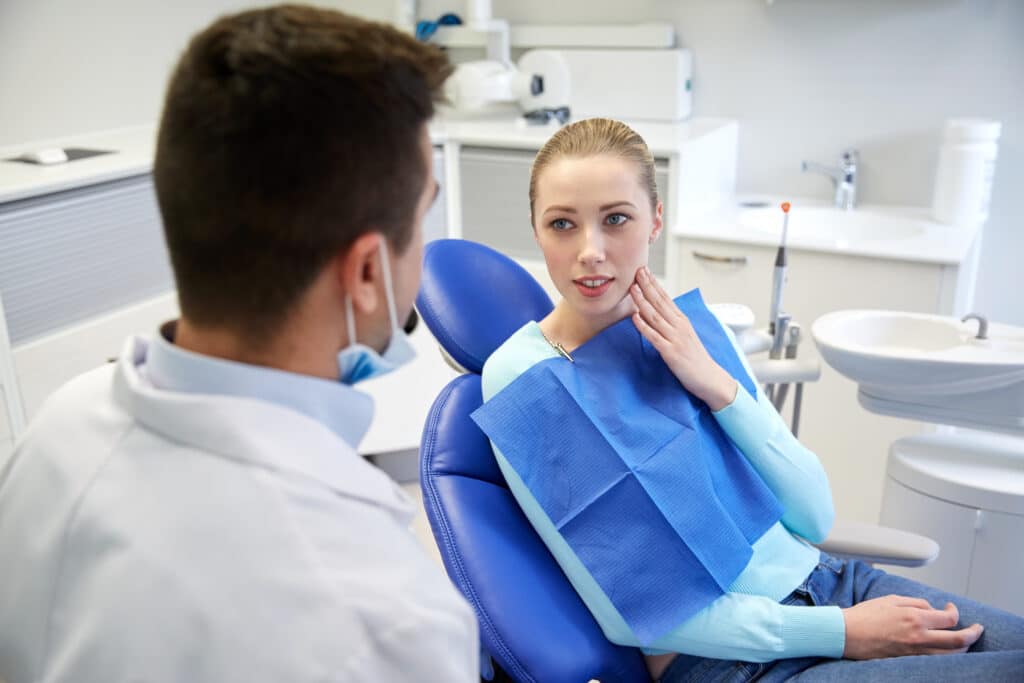When your teeth don’t fit together properly, it’s not just cosmetic concern; it can also have a significant impact on your overall oral health. In this blog post, we’ll cover the causes and symptoms of malocclusion, treatment options, and prevention strategies.

What Is Malocclusion?
Malocclusion refers to the misalignment of teeth and/or an improper bite. This means the upper and lower teeth don’t fit together properly when the mouth is closed. It’s often caused by crowded or crooked teeth or a misalignment in the upper and lower jaws.
This condition is classified based on its severity:
- Class I: Normal bite and minor misalignment of teeth
- Class II (Overbite/Retrognathism): Upper teeth protrude over lower teeth
- Class III (Underbite/Prognathism): Lower teeth protrude past upper teeth
Other types include a crossbite, which is when the upper and lower teeth don’t align properly, and an open bite, which is when the upper and lower front teeth don’t touch when the mouth is closed. There’s also the overjet, which most people refer to as “buck teeth,” which refers to the upper front teeth protruding further than they should.
Common symptoms include:
- Crooked, overlapping, or misaligned teeth
- Difficulty biting or chewing food
- Speech difficulties (such as lisping)
- Jaw pain or discomfort
Causes of Malocclusion
There are many possible causes of malocclusion. If you have a family history of the condition, you’re more likely to have misaligned teeth or jaws. Jaw abnormalities and developmental issues can also increase your risk of this condition.
Childhood habits such as thumb-sucking, prolonged pacifier use, and tongue thrusting can also play a role, as can poor dental hygiene and a lack of oral healthcare. Finally, tooth loss, extra teeth, or impacted teeth can cause the teeth to shift, leading to a misaligned bite.
Diagnosing Malocclusion
Around 56 percent of people worldwide have some degree of malocclusion, whether mild, moderate, or severe. This is part of the reason why regular dental checkups are so important. Dentists and orthodontists can diagnose malocclusion through thorough visual exams, X-rays, dental impressions, and digital scans. When you understand what the problem is, you can seek effective treatment options to align your smile.
Treatment Options and Early Prevention
At VIP Smiles, we’re committed to providing exceptional treatment for malocclusion. However, not all cases require treatment — we can help you determine which treatments, if any, are ideal for your unique needs.
Orthodontic Solutions
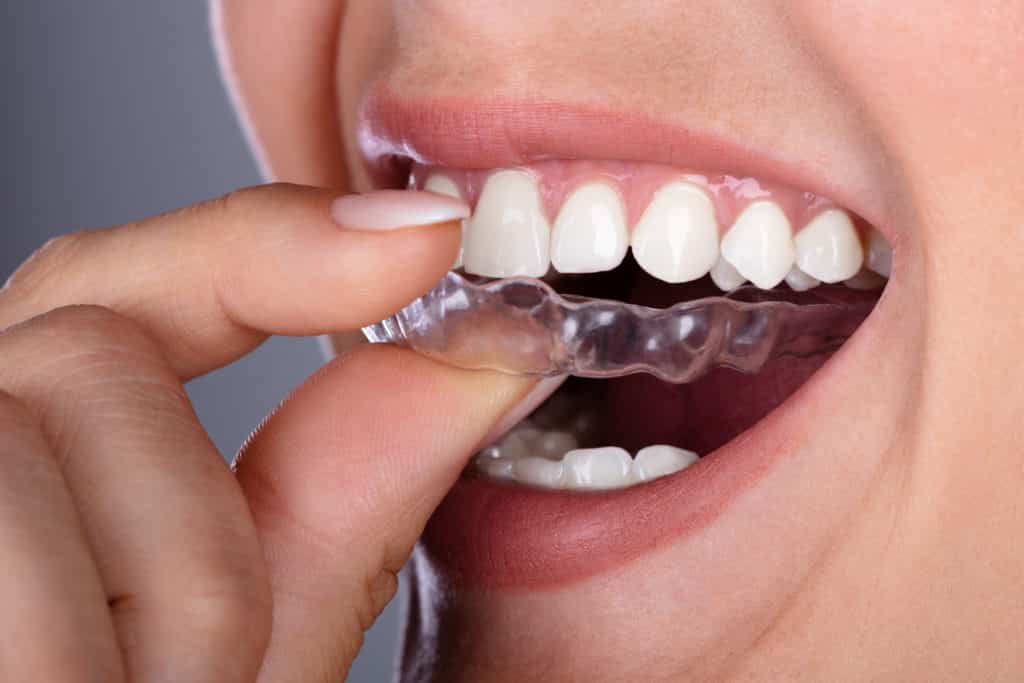
Orthodontic treatments are among the most common solutions for malocclusion. At VIP Smiles, we offer both traditional braces and clear SureSmile aligners.
SureSmile aligners are a great option for those who prefer a streamlined, unobtrusive approach to orthodontics. It involves a series of clear plastic aligners designed to gradually move your teeth into their proper positions. The custom-made appliances are comfortable and removable, making it easier to keep your teeth clean throughout treatment.
However, there are certain cases in which traditional braces are necessary to achieve the desired results. This tried-and-true orthodontic solution is ideal for more severe cases of malocclusion and is often used in conjunction with palate expanders to widen the upper jaw.
Dental Procedures and Surgical Treatments
Sometimes, the mouth just isn’t big enough to comfortably fit all the teeth, leading to overcrowding. In these cases, tooth extraction may be necessary. Corrective jaw surgery is another procedure that can help bring the jaws and teeth into their proper alignment.
Minor malocclusion doesn’t typically require treatment; however, some people opt for cosmetic procedures to improve their smile’s aesthetics. Dental bonding, veneers, and crowns are minimally invasive procedures that can improve the shape and appearance of the teeth, helping you smile more confidently.
Behavioral and Preventive Measures
There are things you can do at home to help your child’s teeth develop properly. Work on breaking habits like thumb-sucking and overly relying on pacifiers, as these things can affect the alignment of their developing teeth. Furthermore, try to instill in them the value of proper oral hygiene, helping them build good habits that will last a lifetime.
Potential Complications
Left untreated, malocclusion can lead to an increased risk of cavities and gum disease, TMJ disorders, chronic headaches, facial pain, and self-esteem issues due to appearance. That’s why it’s important to schedule regular checkups with your dentist to ensure your teeth are exactly where they’re supposed to be.
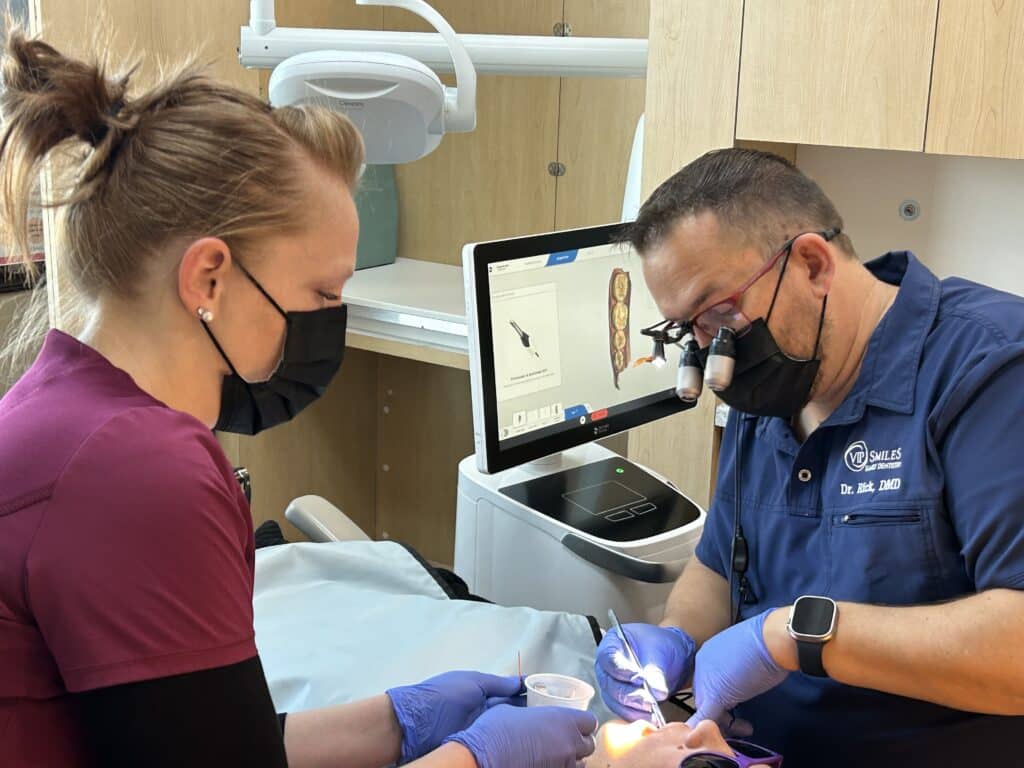
We Can Help You Align Your Smile
If you’re battling malocclusion, don’t let it dim your smile any longer — contact VIP Smiles today to schedule an appointment and learn more about how we can help you achieve the dazzling smile you’ve always wanted.

